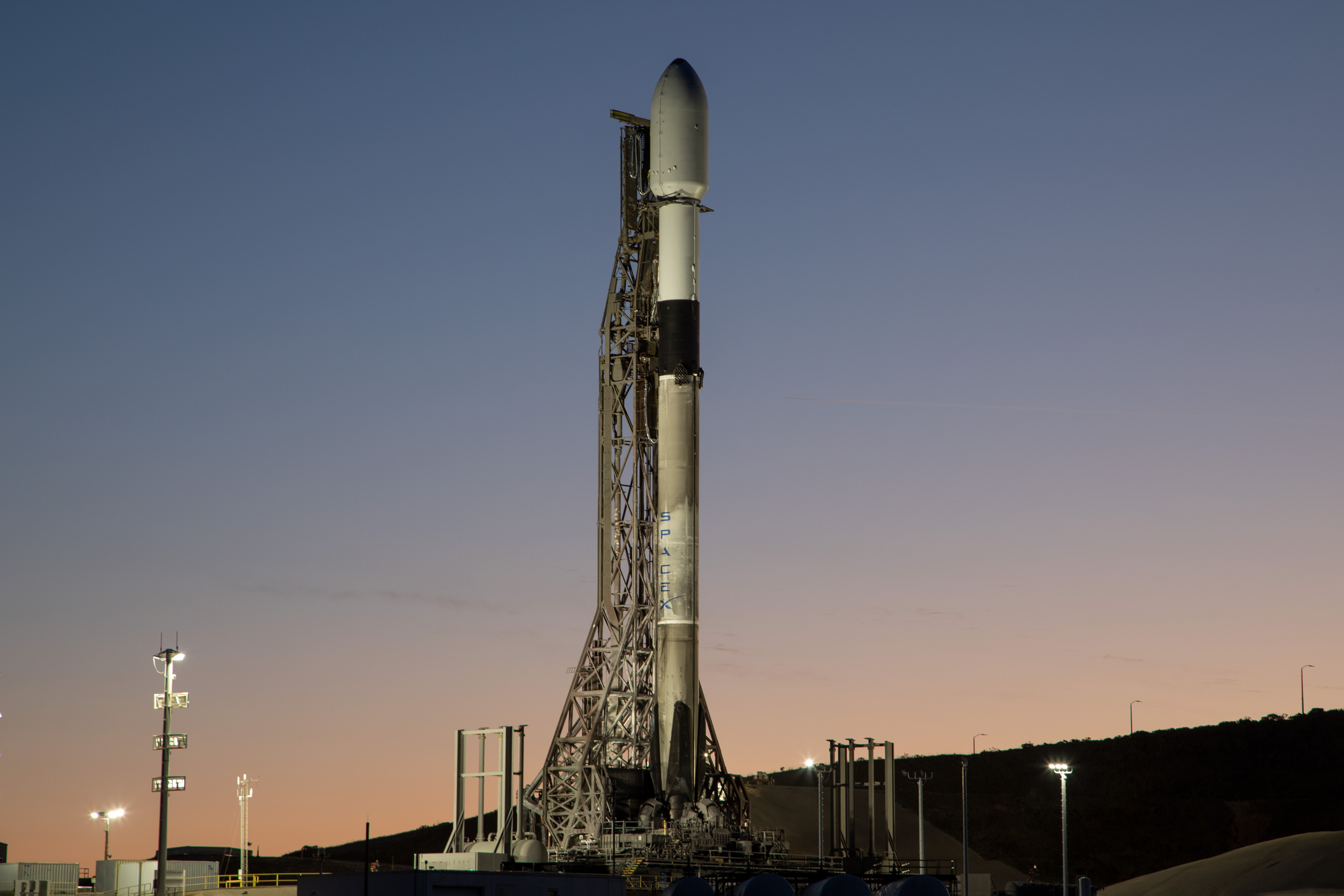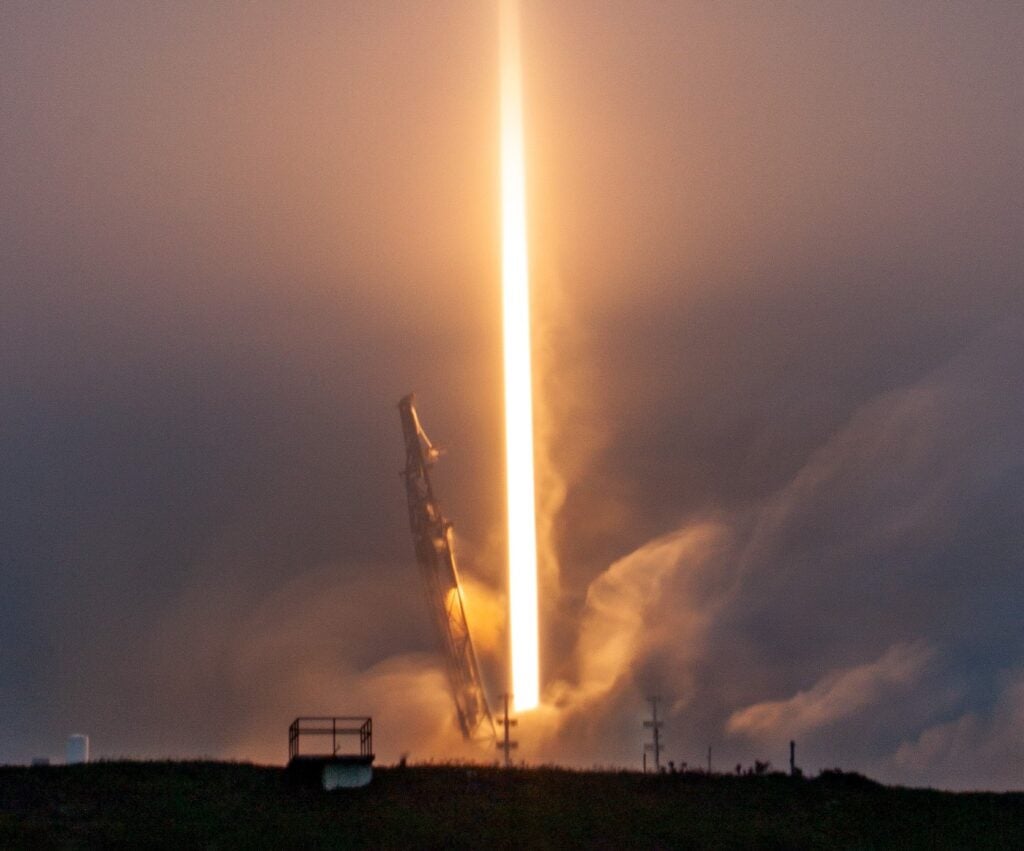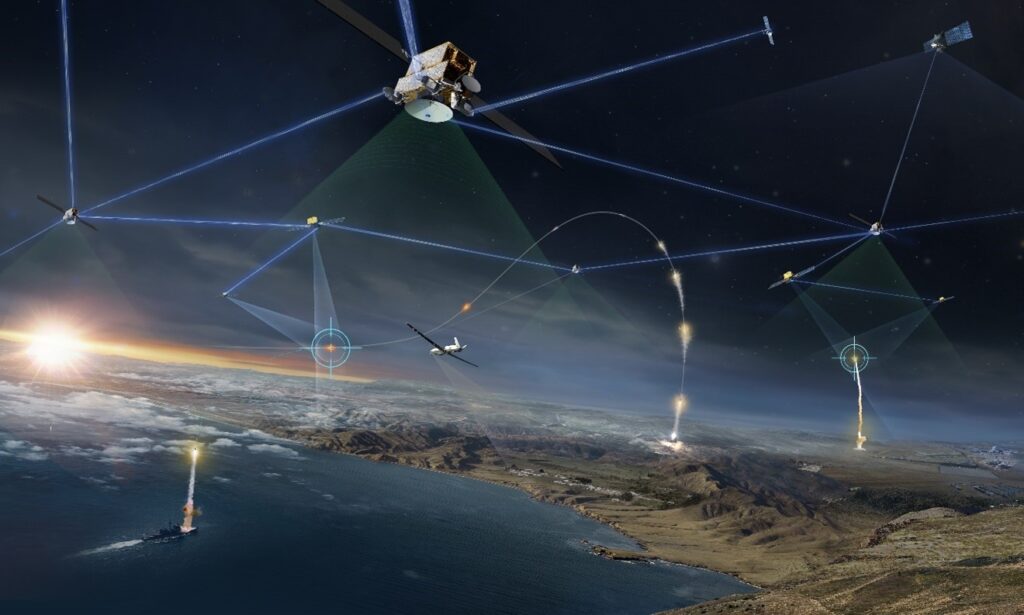Space Development Agency Completes its First Launch of Tranche 0 Satellites
On 2 April, a Falcon 9 lifted off from Vandenburg Space Force Base with an era-defining payload. Onboard were the first 10 satellites of the Space Development Agency‘s (SDA) long-awaited multi-mission constellation known as the Proliferated Warfighter Space Architecture (PWSA). These 10 satellites will be followed by at least 191 more and will form an utterly critical part of the Pentagon’s vision for all-spectrum missile defense and Joint All-Domain Command and Control (JADC2).

Once operational the PWSA will provide global missile tracking, beyond-line-of-sight targetting, and high-speed communications. The SDA was created to deliver on these ambitious objectives without massive cost or schedule overruns. To achieve this the agency will take advantage of mature commercial technologies that were developed over the last decade. The use of mature technology allows the constellation to be built in increments that launch every two years, known as Tranches. Tranche 0, consisting of 28 satellites including the 10 launched on Sunday, will serve as a developmental system to prove out the architecture. Tranche 1 will follow starting in 2024 and will be an initial operational system consisting of 173 satellites. Tranche 2 and Tranche 3 will appear in due time but are not yet clearly defined.

Even though Sunday’s Tranche 0 mission was originally planned for September of last year it still managed an incredibly impressive 2.5 years between contract award and reaching orbit. For comparison, the final SBIRS satellite was contracted in 2014 and reached orbit in 2022. The remaining 18 satellites are expected to launch in June.
The first 10 satellites of Tranche 0 consist of 2 Tracking Layer and 8 Transport Layer satellites. These 2 Tracking Layer satellites were produced by SpaceX in collaboration with Leidos who provided the payload. They will perform the missile tracking mission with their wide-field-of-view IR sensors. The 8 Transport Layer satellites, built by York Space Systems, will use laser communication terminals (LCTs) to link amongst themselves and the Tracking Layer to create a mesh communication network in orbit. The Transport Layer itself consists of two types; A-Class which has 4 LCTs and can communicate both with satellites in their orbital plane and sats outside of it, and B-Class which has only 2 LCTs and is limited to communicating in its orbital plane but additionally carries Link-16 transmitters so it can directly communicate with aircraft and other ground terminals. With additional launches, the Tranche 0 constellation will be ready for a planned hypersonic missile tracking test in spring 2024.

